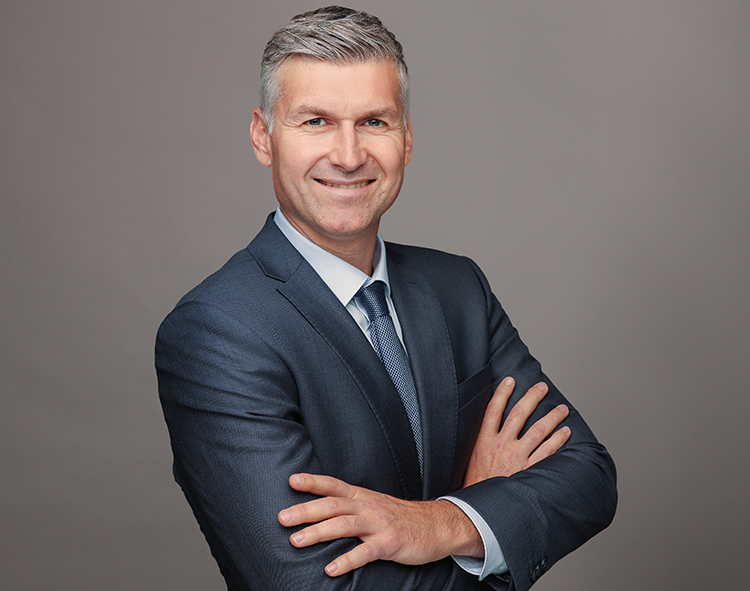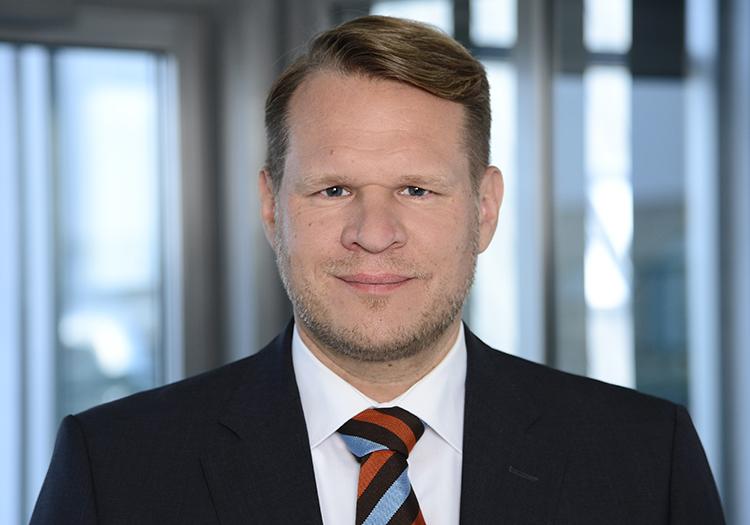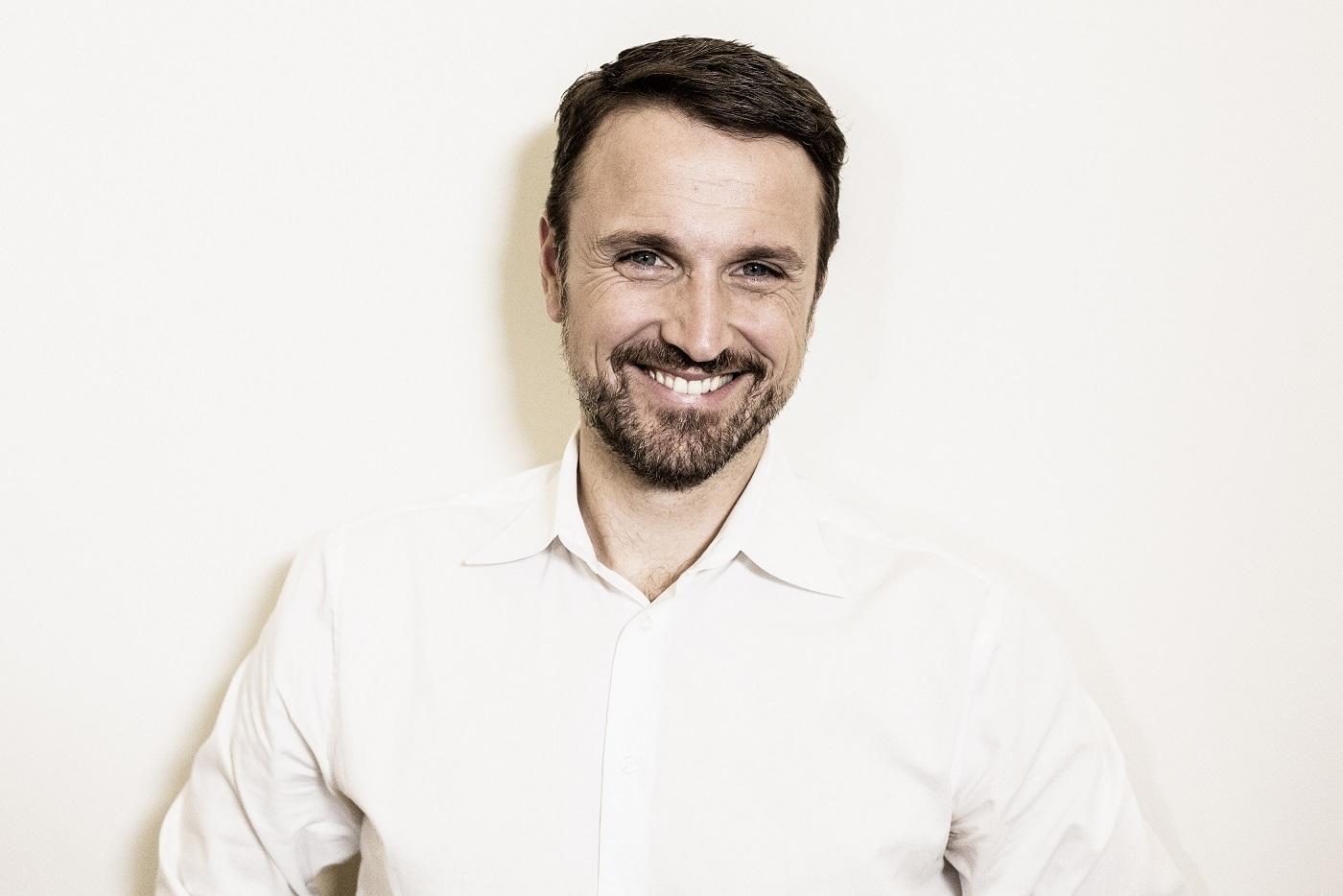Healthcare real estate gains momentum as investors respond to demographic shifts
As demographic changes reshape society, healthcare real estate is emerging as a promising asset class for investors. The increasing need for outpatient medical services, rehabilitation clinics, assisted living facilities, and medical care centres is being driven by an aging population, rising healthcare costs, and ongoing reforms in the hospital sector. These developments are creating significant demand for suitable real estate, a trend expected to accelerate in the coming years.
The growing investor interest in this sector was the focus of a recent online panel discussion titled “Healthcare Properties – Hidden Champions for Investors?”, hosted by builtworld and Rueckerconsult. Industry experts Felix Rotaru (Hauck Aufhäuser Lampe), Alexander Lackner (neworld), and Carsten Demmler (HIH Invest) shared insights into the market’s development and long-term potential.
One of the main factors boosting the sector’s attractiveness is the shift in healthcare policy toward outpatient care. This approach, backed by the Hospital Structure Act of 2016, aims to reduce expensive inpatient treatments by promoting more cost-effective outpatient services. This policy shift has created new opportunities for private investment in smaller medical and care facilities, especially in areas lacking adequate infrastructure.
Private developers are responding with new projects to address the shortage of medical and nursing facilities in smaller towns and suburban areas. The returns are generally solid, with distribution yields averaging around five percent. As Alexander Lackner noted, healthcare tenants—such as doctors and pharmacists—are among the most reliable, typically honouring their rental commitments. The risk of rent default in this segment is considered extremely low, with Felix Rotaru citing figures between 0.2 and 0.5 percent.
Instead of relying on operators, most investors favour traditional lease agreements directly with individual tenants, often structured for ten to twelve years with renewal options. This model reduces operational risks and increases income predictability. Rotaru added that properties are typically only considered if at least 80 percent of tenants are healthcare-oriented.
From a strategic perspective, investors are focusing on core and core+ properties located in urban sub-centres or small towns with populations above 20,000. Hauck Aufhäuser Lampe also targets properties with manageable value-add components. While the potential in rural areas is acknowledged, staffing shortages remain a significant barrier. Lackner emphasized that successful expansion in these regions depends on viewing healthcare developments holistically, including housing availability and transport infrastructure, to attract and retain qualified personnel.
Despite challenges, the experts were unanimous in their outlook for the sector. There is strong potential not only in conventional healthcare properties but also in specialised facilities such as psychosomatic clinics, where demand is rising. However, Carsten Demmler cautioned that long-term occupancy must be secured, ideally by institutions such as the German Pension Insurance Fund, to mitigate risk.
As Germany’s population continues to age and healthcare reforms advance, healthcare real estate is poised to play a central role in both public health infrastructure and institutional investment strategies.
Photos: Hauck Aufhäuser Lampe (Felix Rotaru), HIH Invest (Carsten Demmler) and neworld (Alexander Lackner).











